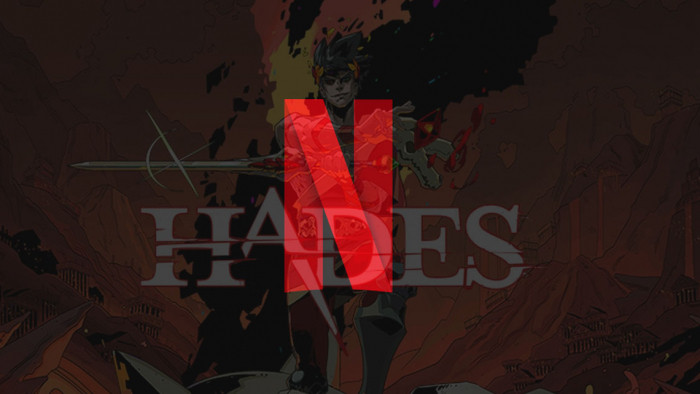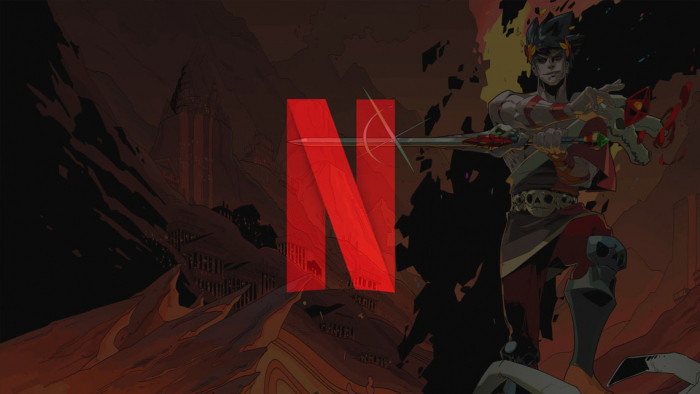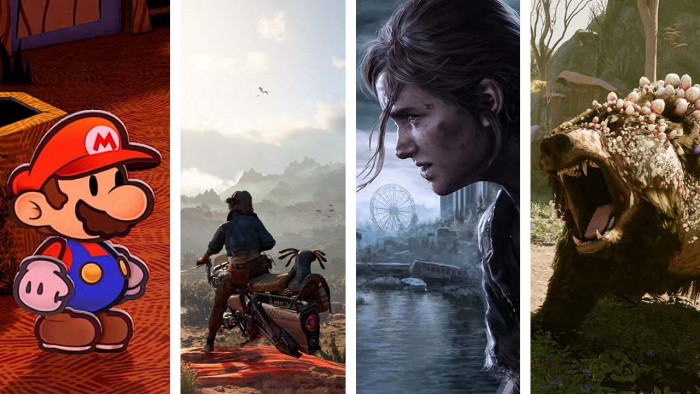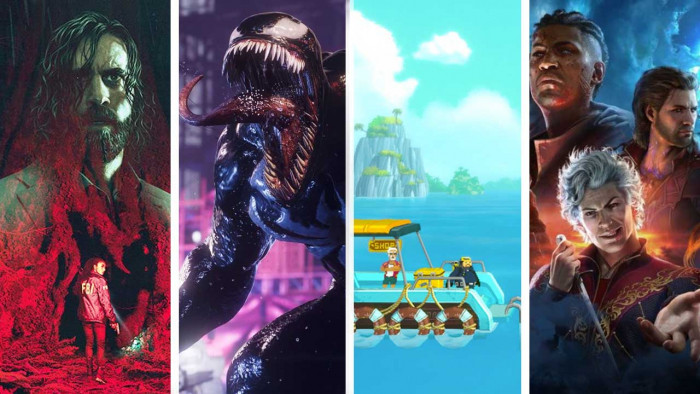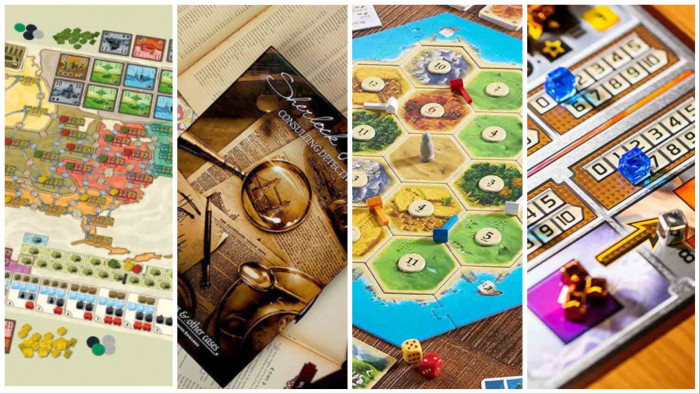Flappy Bird may be dead, but what does its demise mean for the future of addictive games? Tom Bailey explores a new tech gold rush
"I am sorry Flappy Bird users, 22 hours from now, I will take Flappy Bird down. I cannot take this anymore.”
Death threats, abuse and fans threatening to kill themselves; it’s fair to say that Nguyen Ha Dong’s now-infamous tweet garnered the kind of reception traditionally reserved for cold cups of sick. But while Twitter was furiously ejecting every last toy from its collective pram, the big games studios were left reeling. How had an obscure, 29-year-old games developer from Vietnam managed to create a wildly lucrative global phenomenon without even trying?
Unless you’ve been living in a very deep green pipe, you’ll know that we’re talking about Flappy Bird. The highly addictive, oppressively difficult smartphone title recently brought the world to its knees, when millions of casual gamers caught ‘The Flap’ – the mildly-annoying term used to describe the disease-like addiction it prompted.
The game took Dong just a couple of nights to make, and launched last May to whatever the opposite of a fanfare is. Nobody gave a hoot – until online reviews catapulted it to the top of the app charts in 100 countries. By the time Dong – besieged by pleas for film rights, licensing deals and TV interviews – decided to kill off his 8-bit golden goose, Flappy Bird had been downloaded 50 million times and was bringing in an estimated $50,000 a day from in-app advertising. “I can call Flappy Bird a success of mine,” tweeted Dong ruefully. “But it also ruins my simple life. So now I hate it.”
“Good,” someone replied. “Everyone else hates it too.”
INDIE FEVER

Of course, Flappy Bird was by no means the first indie game to strike it rich in the app store. Remember Canabalt? “My goal wasn’t to build an addictive game,” says Adam Saltsman, creator of the (very addictive) 2010 iPhone hit that shared the same simple-yet-absurdly-difficult DNA as Flappy Bird.
“I just wanted to make something that was exciting and didn’t have any BS.” The app came together in a few days, and racked up hundreds of thousands of downloads at $2.99 a pop. “Enough to pay off my school debts,” Saltsman tells us, modestly.
Four years later, though, and Canabalt looks to have been a mere fleabite. The likes of Angry Birds (2 billion downloads), Temple Run (170 million downloads) and Candy Crush Saga (500 million downloads) have transformed casual gaming into a multibillion-dollar business. And you thought you were just fiddling with your phone on the bus...
Angry Birds, for instance, cost £80,000 to make but raked in £41m in 2011 and £180m in 2012. Candy Crush Saga – a puzzle game that’s barely a year old – is said to have made $180m in a six-month period. At its peak, the game was estimated to be earning – and try not to choke – half a million pounds a day from its US audience alone.
But shock credit card bills aside, what’s fuelling the app store gold rush? The ubiquity of smartphones, the popularity of Apple and Google’s app stores and the availability of crowdfunding are significant factors, and it’s no surprise that nine of the top 10 highest-grossing Apple apps are games. But since they’re all free, where’s the money coming from?
PAY TO PLAY

“Micro-transactions are something that the games industry has been talking about for a long time, but now it’s working and growing very strongly,” explains Tommy Palm of King, the firm behind Candy Crush Saga. But micro-transactions (or in-app payments) are the technology. The real game-changer was last year’s trend for combining them with ‘deprivation tactics’.
In other words, players have a finite number of lives or moves before a ‘waiting period’ kicks in. When the temptation to keep the fun going becomes overwhelming, the player caves in and buys extra credits. In short, casual gaming has come up with a way to monetise addiction.
“I wouldn’t put it like that,” says Palm. “If you look at the Nineties, people had to make an investment in the store. They’d paid for a game so they couldn’t abandon it after 30 minutes. That’s why casual games are crafted to be fun and fast, and why we think micro-transactions are the best way to charge for them. The customer doesn’t have to fork out money without knowing what they’re getting.”
Despite half a billion downloads, Candy Crush Saga has a way to go before it catches up with Angry Birds. The revenue figures are a closely guarded secret, but it’s worth noting that the latest iteration – kart-racing game Angry Birds Go! – includes a virtual car for £34.99. If you know anyone who’s purchased one, perhaps you could send them my way? They may well be interested in the new range of magic beans I’m working on.
REACH FOR THE STARS
As with any booming industry, there have already been a few stinging failures – leading some to question the long-term prospects of casual gaming. Launched in 2012, Draw Something quickly became the fastest growing mobile game of all time, downloaded 50 million times in the first 50 days of its availability. It was bought for $200m at the peak of its popularity – roughly five minutes before the fad for playing Pictionary on your iPhone expired. By the end of 2013, Draw Something had been hastily swept under Silicon Valley’s carpet.
Discouraging? Far from it. The precarious rise and fall of Draw Something merely highlighted the benefits of staying small – even after you hit the jackpot. The canny husband and wife team behind Temple Run, Keith Shepherd and Natalia Luckyanova, still run their multimillion-dollar empire (including merchandise and a forthcoming Warner Bros film) from their house in California. While, closer to home, Simon Read – the talented British mastermind behind the brilliantly simple football sim New Star Soccer – continues to work alone despite a constant stream of emails asking to speak to ‘the director of marketing’.
Read began making PC games in 2001, always about football and rarely returning a profit. He’d “given up hope” until the app store came along. “Normally I’d launch a game and it would tail off, but this time it got better.” New Star Soccer launched in March 2012 and by July, a few hundred downloads a day had become 20,000 a day. The game has since been downloaded 3.5 million times on Apple devices alone, making Read more than £1m in its first year. Although only 1.98 per cent of his audience are paying users (the game is free), the average in-app spend per user is a staggering £21. Read puts it like this: “We moved from a two-bedroom flat to a four-bedroom house.” His wife, he says, likes the game.
“It’s become incredibly easy to launch a game,” he adds. “It all seemed more difficult a few years ago – you’d have to set up a purchasing system or try to get your game on a large portal – notoriously difficult as an indie. With an app store, everything’s handled for you. The problem now is making your game visible.”
Which brings us neatly back to Flappy Bird, the Gangnam Style of gaming hits which baffled – and enthralled – the world in short order. Visibility was not an issue. Or rather it was for the game’s creator, who is now in hiding. “I never got any death threats,” says Canabalt’s Saltsman, “but my company was approached for relatively hostile takeovers by other companies. Making a successful game can mess you up. Not everybody has the personality to endure the sh*tstorm that comes with success.”
(Image: Rex)
Latest
Related Reviews and Shortlists




